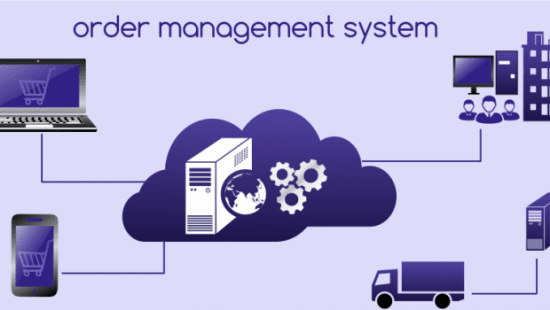E-commerce has brought a wide variety of products to the fingertips of consumers.
For businesses, eCommerce has reduced the cost involved in interacting with distributors, suppliers, and customers.
Entrepreneurs and Small & Medium Businesses (SMBs) see this market as a door to new opportunities. The cost of establishing an online store or a website is lesser compared to starting a physical store.
All these factors are significantly driving eCommerce's growth, expected to reach $6.5 billion by 2023, up from around $4 billion in 2020. Furthermore, it is anticipated that by 2040, 95% of the shopping will be online.
This shows that plenty of new opportunities exist in the E-commerce realm. But, not to forget, the competition is also taking a massive rise among the E-commerce players. To thrive in the market, businesses and retailers need to differentiate themselves, address the challenges related to eCommerce and retailing, and make the business operations seamless.
Part of the answer is to choose the right order management system (OMS) that can streamline order management, accelerate the business processes, reduce errors, provide a unified view, while addressing the key challenges, such as handling product returns and steady cash flow.
What is the Order Management System (OMS)?
When a customer orders something, a store has to handle several different tasks to fulfill the order. These tasks include:
- Accepting the order & processing it,
- Creating invoices,
- Informing the right warehouse about delivery location,
- Updating order details across sales channels,
- Providing order tracking to customers.
All these tasks are handled and managed for every single order. When there are bulk orders to be processed, things become quite complicated, difficult to operate, and prone to human errors. That's where order management comes to the rescue.

How to Choose The Best Order Management System for E-Commerce?
This is an essential question for every online store today: how to pick the best OMS E-Commerce? Here's the answer:
1. Understand your requirements
Discuss with internal teams and stakeholders about the requirements and expectations from an OMS.
What challenges are you looking to solve? What are the essential requirements, and what can be ignored? What is your budget?
2. Look for key features
Ensure that the chosen OMS exhibits the following features & functionalities:
- Analytics
- Level of automation
- Ease-of-use
- Scalable
3. Integrations
The right OMS will integrate with most of the E-commerce platforms. It should provide integrations with native and third-party solutions for accounting, warehouse management, 3PL, order fulfillment, etc.
4. Research & evaluate
Once you have found out your requirements and finalized the key features, do thorough research to find the best order management system for your business.
Create a list of 5-6 top vendors, compare their features, pricing, and check whether they offer technical support. This will narrow down your research to two to three vendors.
5. Take trial & finalize
Request a free trial of the finalized vendors and demonstrate these to find which one is the most appropriate OMS for your business. It's doubtful that a system will meet all your requirements, but it's about choosing the right and best OMS.


